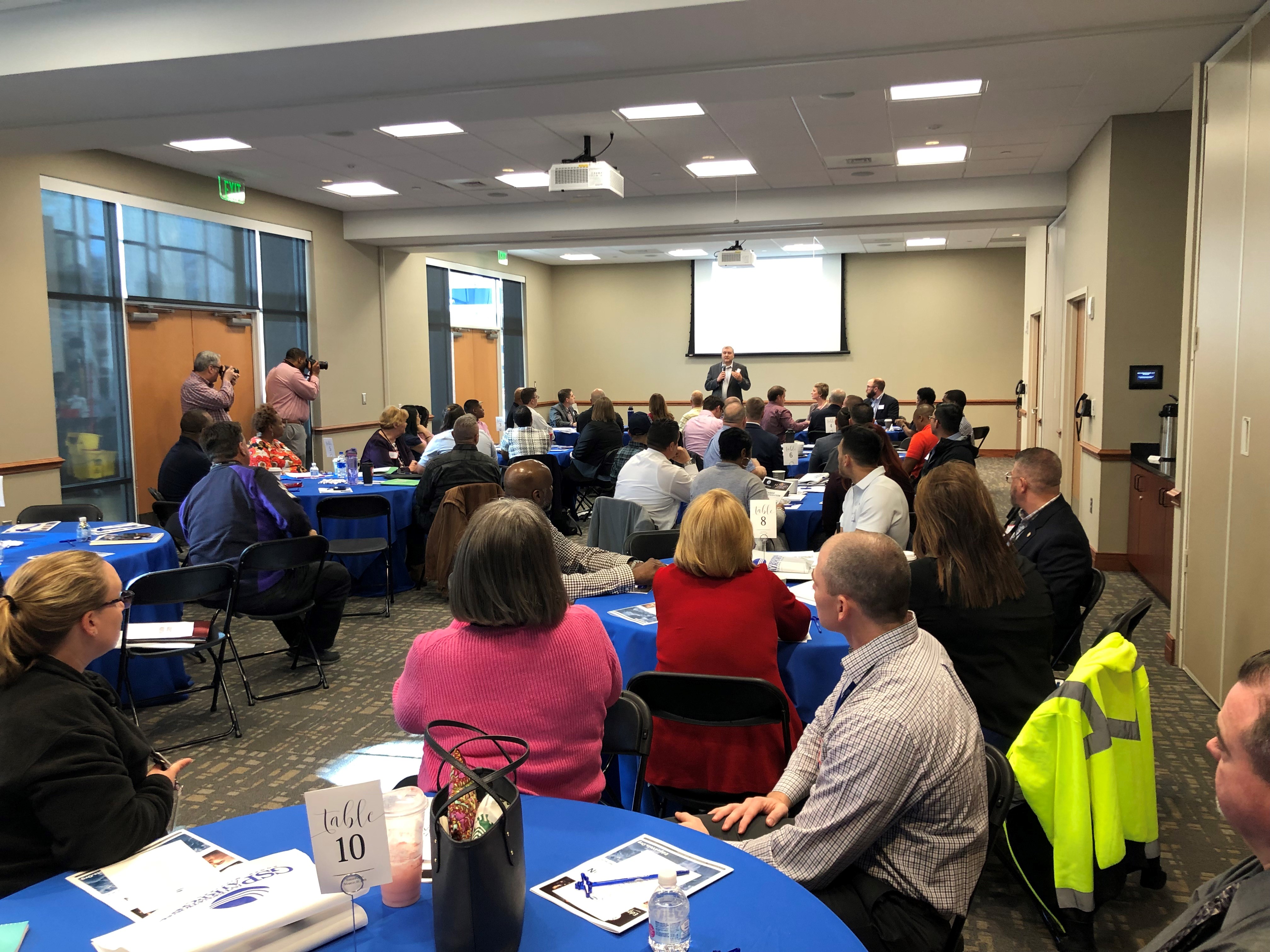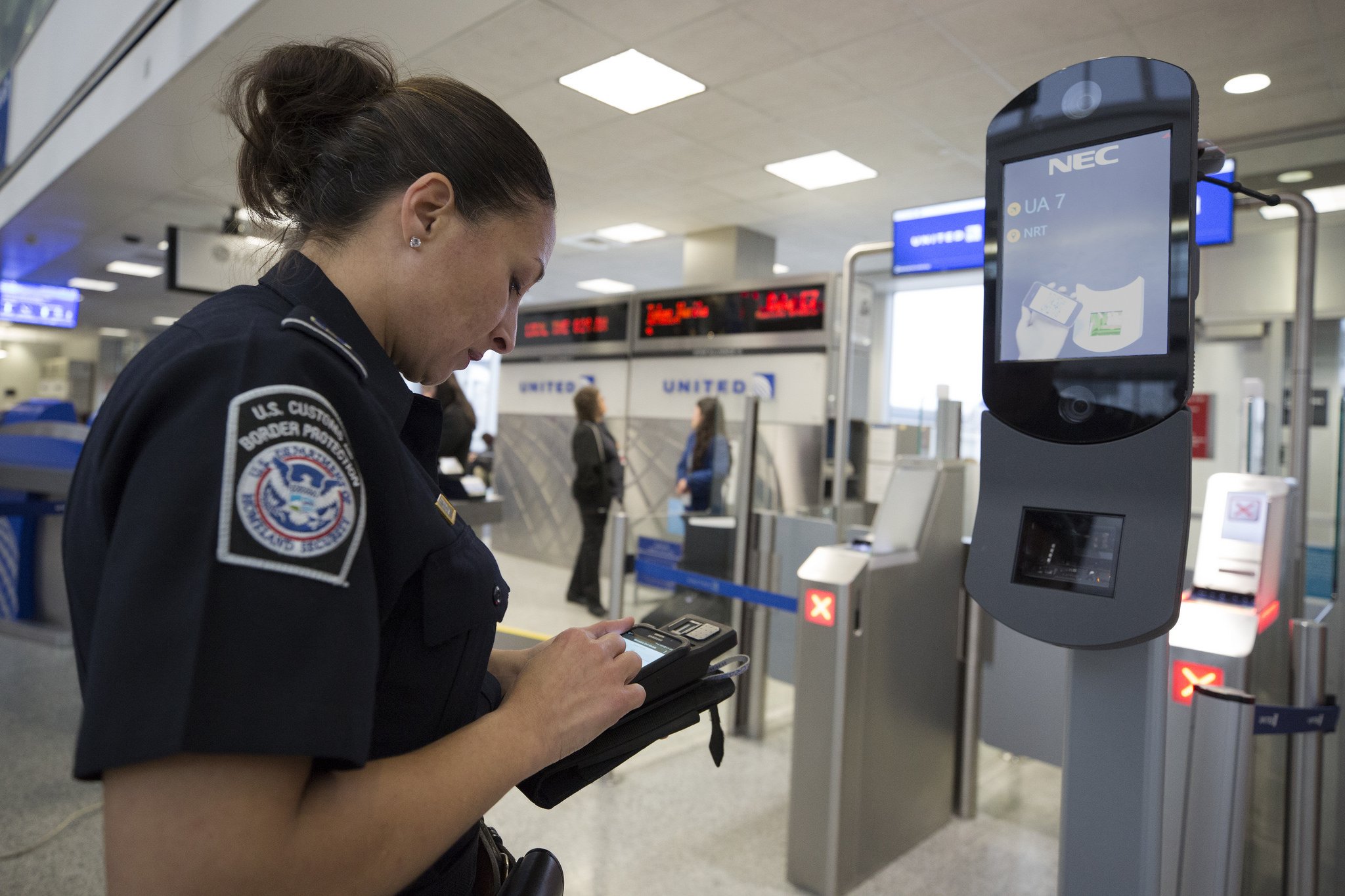Last week, ACI-NA welcomed the news of an infrastructure investment framework – called the “Moving Forward Framework” – which was announced by a group of Members of Congress, led by House Transportation and Infrastructure Chairman Peter DeFazio (D-OR). The start of the new year represents an important opportunity for Members to announce their top policy priorities and we are pleased that improving airport infrastructure across the U.S. is a high priority for so many Members, as well as the American people.
The Moving Forward Framework calls for raising the federal cap on the Passenger Facility Charge (PFC) and indexing it for inflation. If enacted into law, a lift on local PFCs would allow airports to fund necessary infrastructure improvements, including repairing aging facilities and making expansions to accommodate record-breaking passenger traffic.
In his remarks, Chairman DeFazio highlighted how airports are in dire need of infrastructure upgrades and addressed the fact that the very same airlines who are comfortable with increasing baggage fees oppose an updated Passenger Facility Charge because they know it will increase airline competition in many airports. You can watch his remarks here.
Immediately following their announcement, ACI-NA President and CEO Kevin Burke thanked the group, and specifically Chairman DeFazio, for their leadership.
“The House Democrats’ infrastructure framework recognizes the time has finally come to increase the woefully outdated PFC,” said ACI-NA President and CEO Kevin Burke. “A long-overdue adjustment to the Passenger Facility Charge (PFC) will provide the lift America’s airports need to take off into the future. Unlike a $40 bag fee that just pads an airline’s bottom line, a modernized PFC will help our terminally challenged airports make transformative investments in new infrastructure that will improve the passenger experience for millions of travelers. I am particularly thankful for the leadership of Chairman DeFazio, the father of the PFC, for making this one of his top legislative priorities.”
Burke also joined American Association of Airport Executives President and CEO Todd Hauptli and Airport Consultant Council President T.J. Schultz in a joint letter thanking Chairman DeFazio for his leadership on this issue. In the letter they write:
“…we strongly support proposals in the House Democrats’ infrastructure framework that call for raising the federal cap on local PFCs and indexing it for inflation. We are grateful for your leadership. We look forward to working with you and your colleagues to advance legislation that would help airports finance critical projects and repair our nation’s infrastructure.”
Just this month independent research from RAND Corporation confirmed the best way to fix America’s airports is by modernizing the PFC. Further, according to a recent ACI-NA study, U.S. airports face more than $128 billion in infrastructure needs by 2023, with over 56 percent of the needs inside aging terminals. President Trump has repeatedly called for renewed investment in American airports, so we will be listening closely for any references to infrastructure investments in his State of the Union address.
We look forward to working closely with Congress to get this framework over the finish line so that we can finally empower airports to improve their infrastructure and continue to meet the demands of the traveling public.







 Last week, Los Angeles World Airports Chief Executive Officer Deborah Flint addressed the Washington Aero Club at a lunch event in Washington, D.C. In her speech, Flint described Los Angeles International Airport’s (LAX) current $14 billion investment project and how it will help to relieve congestion and improve the LAX travel experience for passengers.
Last week, Los Angeles World Airports Chief Executive Officer Deborah Flint addressed the Washington Aero Club at a lunch event in Washington, D.C. In her speech, Flint described Los Angeles International Airport’s (LAX) current $14 billion investment project and how it will help to relieve congestion and improve the LAX travel experience for passengers.




